
Article
Burnout: Modern Affliction or Human Condition?
As a diagnosis, it’s too vague to be helpful – but its rise tells us a lot about the way we work.
The New Yorker,
2021
Recommendation
According to Harvard historian Jill Lepore, burnout – that is, feelings of being “worn down, wiped out, threadbare, on edge, battered and battle-scarred” – is pervasive. Though the condition has existed since ancient times, it has become a defining feature of modern life. In this New Yorker article, Lepore traces the origins of the term “burnout” and explores why possible remedies have failed to mitigate its spread.
Summary
About the Author
Jill Lepore is a professor of American History at Harvard University. She’s also been a staff writer at The New Yorker since 2005. Her writing covers American history, law, literature and politics.
By the same author
Book
Article
Learners who read this summary also read
Article
Book
Book
Book









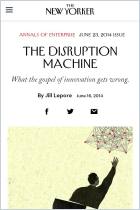
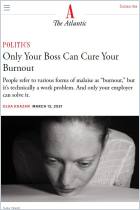
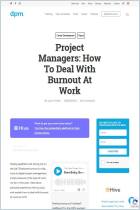
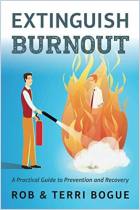
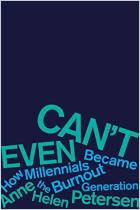
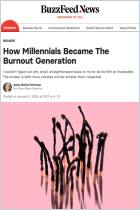



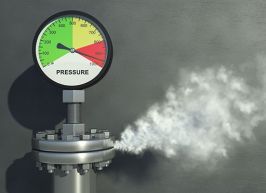

Comment on this summary or Démarrer une discussion